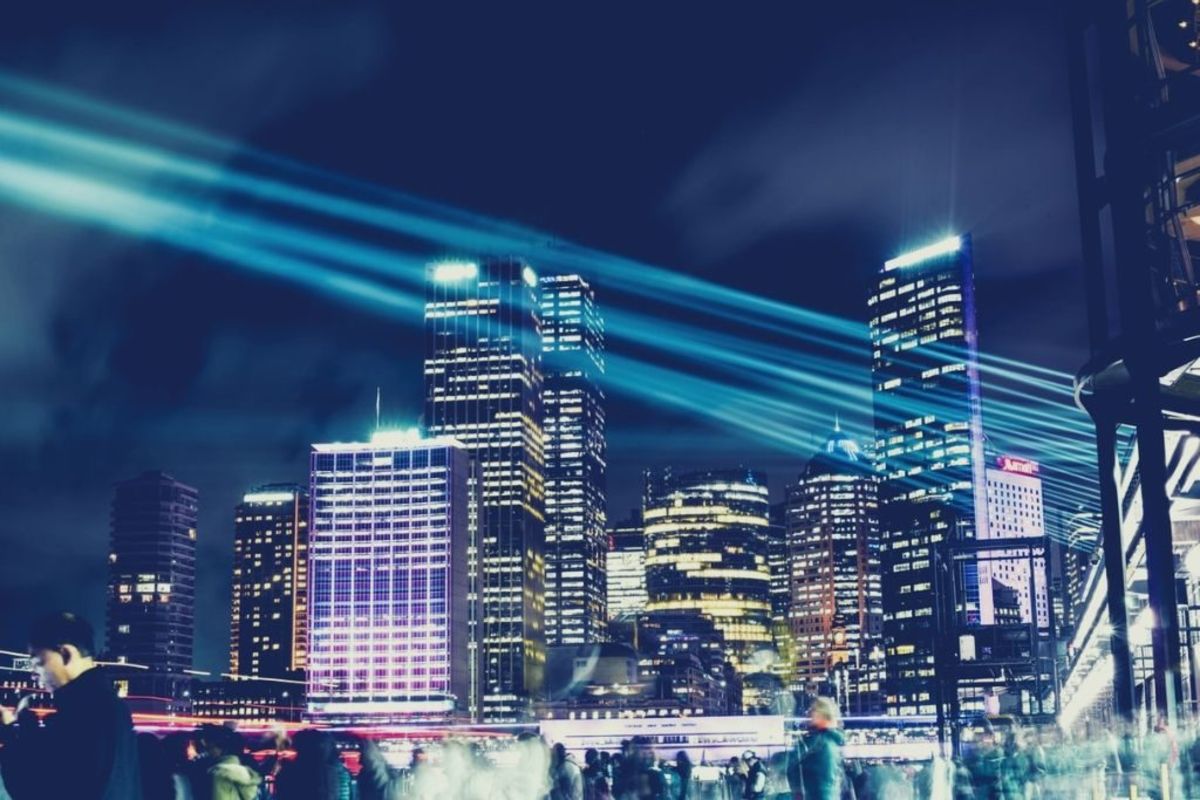
dormakaba Editorial Team

dormakaba Editorial Team
dormakaba is one of the top three companies for access control and security solutions in the global market. The dormakaba Editorial Team is overseen by Rafael González-Palencia (Digital Editor), and Patrick Lehn (Senior Manager, Group External Communications).
Related articles

Technology
Will Deepfake Threats Compromise Cybersecurity in 2025?

Society
Catastrophic Wildfires: Can Technology Anticipate and Prevent Them?
When a natural disaster occurs, the recurring question is: "Could it have been avoided?" Technology plays a crucial role in our response.

Urbanization
Cheonggyecheon: How a Reclaimed River Brought Life to Seoul
South Korea's story is one of phenomenal economic growth and rapid urbanization. Following the devastating Korean War between 1950 and 1953, in just a few short decades, Seoul transformed from a war-torn city into a bustling megacity, as South Korea flourished as a global leader in technology and innovation.